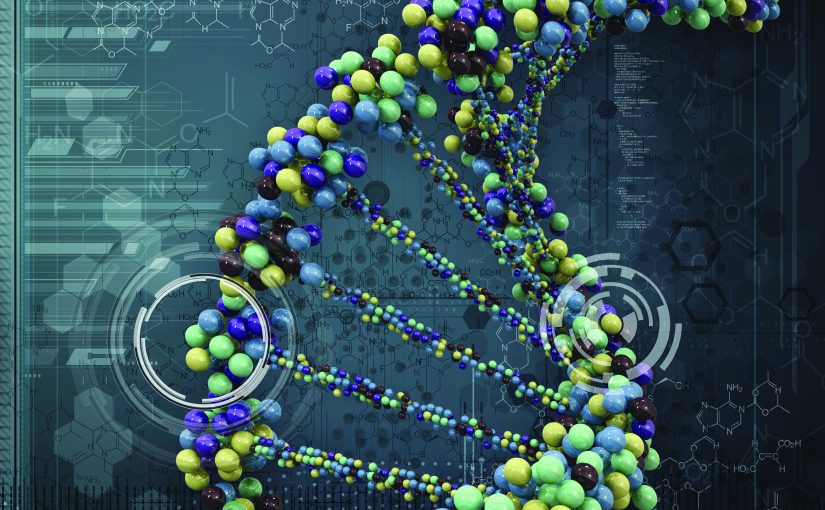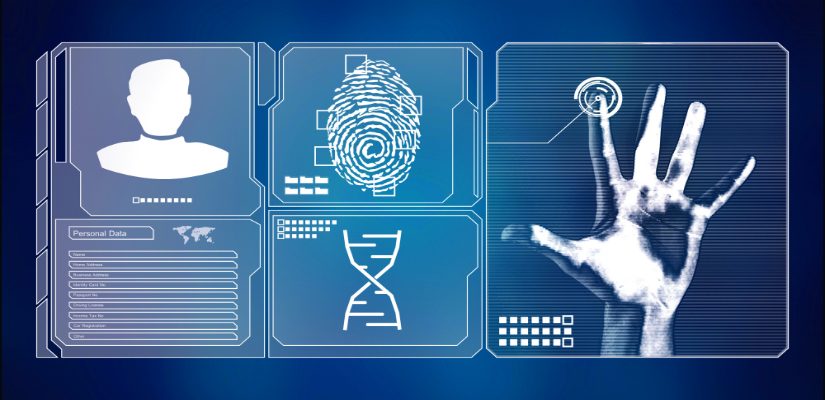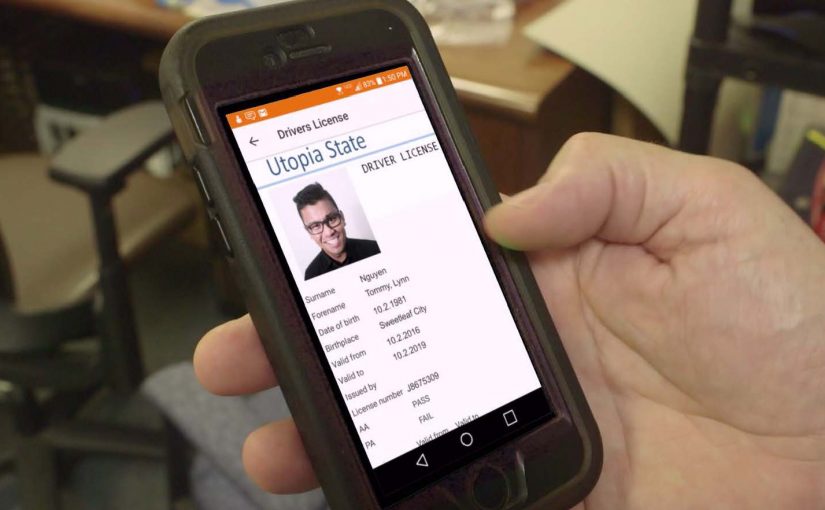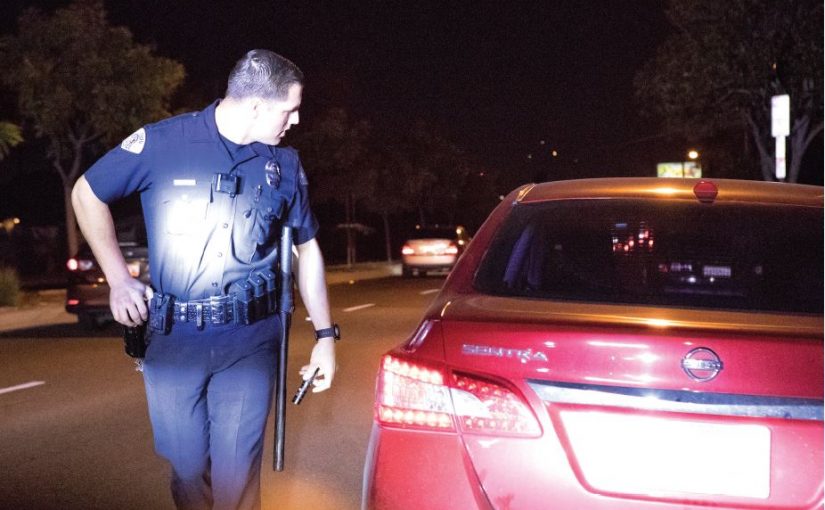
Share
Technological advances in law enforcement have made video a critical component of an officer’s day-to-day tool kit. Video sources in law enforcement include traffic cameras; privately owned video su...
Share
Although the evidence-based policing movement has gained traction, many of the policies and practices U.S. law enforcement employ are still based on dogma and tradition, rather than research. As a res...

Share
The modern, digitally connected world has created enormous benefits for individual’s business and personal lives. People have the opportunity to connect for commercial and social reasons more easily...

Share
What if law enforcement could determine during booking if the arrestee being fingerprinted and photographed matched DNA evidence left 10 years ago at a murder scene hundreds of miles away in another s...

Share
As noted in a 2014 Police Chief article, “Assessing the Impact of Digital Evidence on State and Local Policing,” the International Association of Chiefs of Police (IACP) has recognized that stat...

Share
Across the United States, state and local law enforcement agencies face increasing demands to prevent victimization and respond to crimes in their communities. Crime data on specific incidents, as c...

Share
The ability of a law enforcement officer to identify the driver of a motor vehicle and the status of the individual’s driving privileges by virtue of a plastic driver’s license is a typical occurr...

Share
Imagine if an agency was able to actually ensure that its officers were safely responding to calls for service, communicating with the public in a courteous manner, and enforcing the law without viola...



